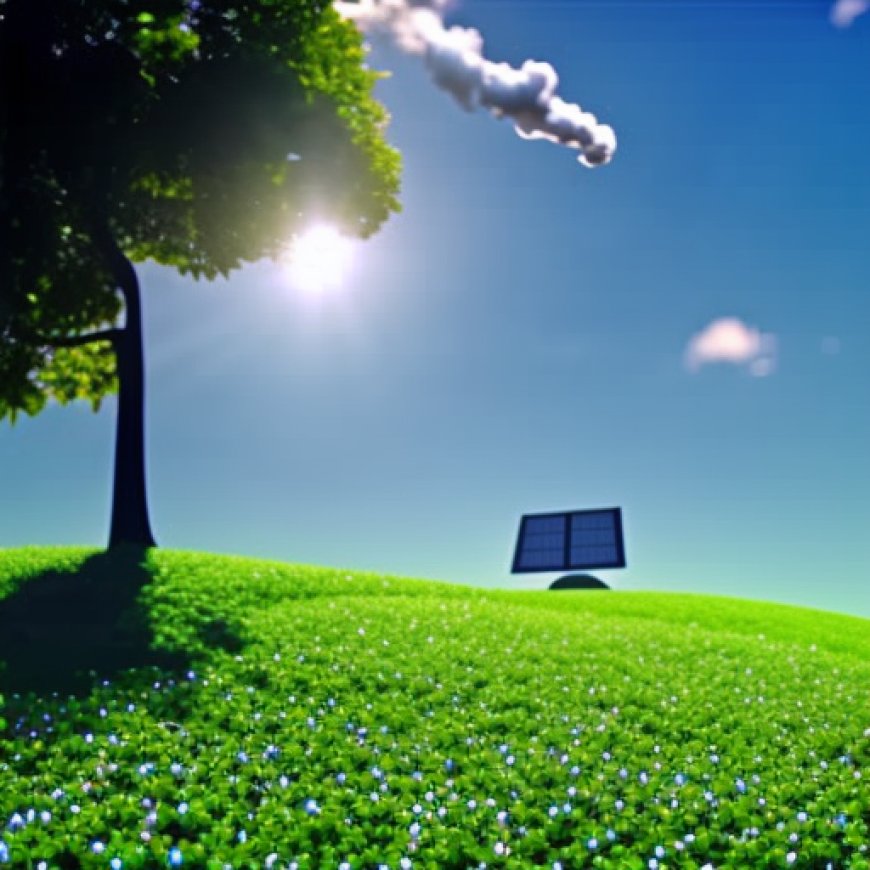Major utility reverses decision on clean-energy transition: ‘A disappointing step backward’
Major utility reverses decision on clean-energy transition: 'A disappointing step backward' The Cool Down


Utah’s Reversal of Carbon-Reduction Commitments: A Setback for Sustainability
What happened?
In 2023, power company PacifiCorp announced their Integrated Resource Plan, which included an aggressive shutdown of coal-fired power plants in Emery County, Utah, in favor of nuclear power.
The plan called for the closure of both the Huntington and Hunter coal-fired plants by 2032, several years earlier than initially expected. Unfortunately, the company backtracked on its goal and re-established the closure dates of 2036 for the Huntington plant and 2042 for Hunter.
The disappointing decision is likely due to PacifiCorp’s expensive wildfire liability lawsuit and subsequent rising insurance costs, as well as the Environmental Protection Agency’s ozone transfer plans for Wyoming.
Why is this concerning?
Analyzing a 2021 report from the U.S. Energy Information Agency, The Salt Lake Tribune reported that “each person in Utah generates more than 18 tons of carbon dioxide annually … about 3½ tons more than the average American, and 10 tons more than the average Californian.”
Their pollution levels “put the state above the national average and among the heaviest greenhouse gas generators worldwide.”
What’s being done?
PacifiCorp’s plan still includes other clean-energy investments — although heavily reduced — such as wind, storage, and solar resources. Although “this is a disappointing step backward” for Utah, said climate scientist Logan Mitchell, many other states are making great strides toward clean and sustainable energy.
Recently, California’s renewable energy sources — wind, water, and solar — supplied all of their electricity demand, and the state may be entirely renewable by 2035. Texas has been increasing its solar capacity, and it surpassed California in solar installs in October of 2023.
New advancements are constantly being made to change the way we power our planet. While the transition may take some time, through collaborative efforts, we can create a cleaner, more sustainable future for all.
SDGs, Targets, and Indicators Analysis
What happened?
- SDG 7: Affordable and Clean Energy
- Target 7.2: Increase substantially the share of renewable energy in the global energy mix by 2030.
- No specific indicators mentioned in the article.
Why is this concerning?
- SDG 13: Climate Action
- Target 13.2: Integrate climate change measures into national policies, strategies, and planning.
- No specific indicators mentioned in the article.
What’s being done?
- SDG 7: Affordable and Clean Energy
- Target 7.2: Increase substantially the share of renewable energy in the global energy mix by 2030.
- No specific indicators mentioned in the article.
SDGs, Targets, and Indicators Table
| SDGs | Targets | Indicators |
|---|---|---|
| SDG 7: Affordable and Clean Energy | Target 7.2: Increase substantially the share of renewable energy in the global energy mix by 2030. | No specific indicators mentioned in the article. |
| SDG 13: Climate Action | Target 13.2: Integrate climate change measures into national policies, strategies, and planning. | No specific indicators mentioned in the article. |
| SDG 7: Affordable and Clean Energy | Target 7.2: Increase substantially the share of renewable energy in the global energy mix by 2030. | No specific indicators mentioned in the article. |
Copyright: Dive into this article, curated with care by SDG Investors Inc. Our advanced AI technology searches through vast amounts of data to spotlight how we are all moving forward with the Sustainable Development Goals. While we own the rights to this content, we invite you to share it to help spread knowledge and spark action on the SDGs.
Fuente: thecooldown.com

Join us, as fellow seekers of change, on a transformative journey at https://sdgtalks.ai/welcome, where you can become a member and actively contribute to shaping a brighter future.







